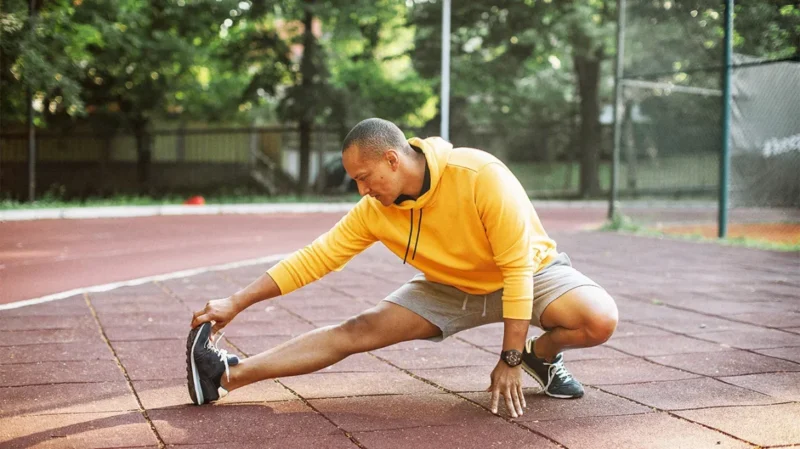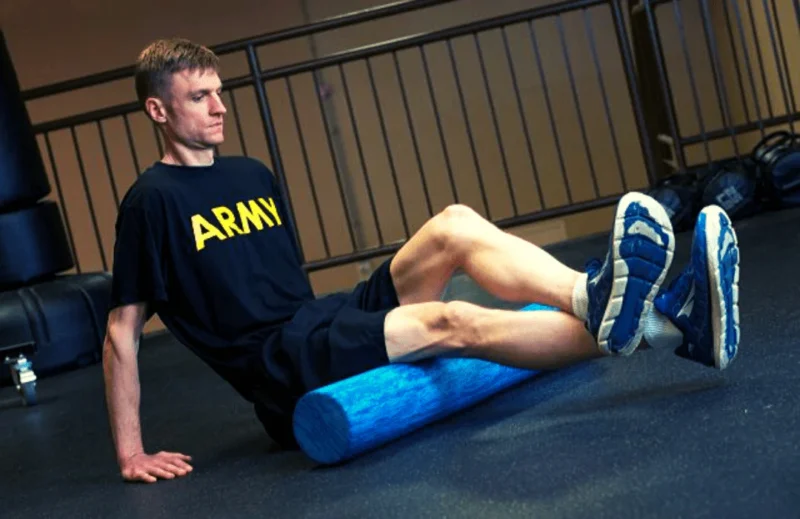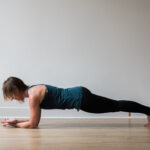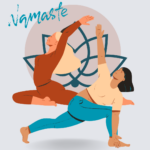After an intense workout, your muscles are under stress, filled with microscopic tears and lactic acid buildup that cause soreness and stiffness. The most effective way to relax muscles is to combine active recovery techniques, proper hydration, stretching, and controlled rest. Simply collapsing on the couch is not enough. Recovery is an active process that restores circulation, flushes waste products from tissues, and accelerates muscle repair so your next session is more productive instead of painful.
1. Hydrate and Replenish Electrolytes

Heavy sweating leads to a loss of water and key electrolytes like sodium, potassium, and magnesium. Without restoring them, your muscles will cramp, tighten, and recover more slowly. After a workout, drink plenty of water and include sources of electrolytes such as:
- Coconut water or low-sugar sports drinks
- Bananas, oranges, or yogurt
- Magnesium-rich foods like almonds or spinach
Aim for at least 500 ml of fluids immediately after training, then continue sipping water throughout the next two hours. Staying hydrated helps deliver nutrients to muscles and eliminates metabolic waste.
2. Use Active Recovery Instead of Full Rest
The day after a hard session, complete rest might feel tempting, but light movement increases circulation and muscle oxygenation. Active recovery keeps muscles relaxed and flexible while reducing inflammation. Simple options include:
- A brisk walk or light cycling for 20–30 minutes
- Swimming at a gentle pace
- Dynamic mobility work, like leg swings and arm circles
Active recovery prevents muscles from stiffening and helps maintain a consistent range of motion—something that static rest cannot achieve.
3. Try Contrast Therapy or Ice Baths

Alternating between hot and cold exposure has long been used by athletes to reduce soreness and improve recovery. Cold constricts blood vessels, limiting inflammation, while heat expands them, improving circulation once again. You can do this at home using:
- A cold shower followed by a hot one (1 minute cold, 2 minutes hot, repeat 3–4 times)
- Ice baths for 5–10 minutes, followed by warm soaking
- Sauna sessions paired with a cold rinse
This thermal cycling improves nutrient exchange within muscles and calms the nervous system after high exertion.
4. Foam Rolling and Myofascial Release
A foam roller or massage gun helps release knots, reduce muscle tightness, and restore elasticity in connective tissue. Rolling improves blood flow and breaks up adhesions in the fascia that restrict muscle movement. For best results:
- Roll each muscle group for 30–60 seconds
- Focus on calves, quads, hamstrings, and glutes
- Avoid rolling directly over joints or bony areas
Doing this before and after workouts enhances both flexibility and recovery speed. If soreness is deep or persistent, a sports massage from a professional therapist can address chronic tightness and realign muscle fibers.
5. Gentle Stretching After Exercise

Stretching is most effective when muscles are already warm. Post-workout stretching reduces muscle tension, prevents shortening, and supports overall mobility. Key rules include:
- Hold each stretch for 20–30 seconds without bouncing
- Focus on major groups like hamstrings, shoulders, and hip flexors
- Breathe deeply to promote relaxation
Regular stretching also improves posture and joint alignment, helping prevent long-term injuries.
6. Prioritize Sleep and Nutritional Recovery
Your body repairs muscle tissue while you sleep, driven by growth hormone release and protein synthesis. Skipping proper rest will sabotage recovery, no matter how advanced your training plan is. Aim for 7–9 hours of quality sleep per night and create a consistent routine—dim lighting, no phone screens, and a cool room temperature.
Pair this with balanced post-workout nutrition. Within an hour of finishing exercise, eat a meal containing:
- 20–30 grams of lean protein (chicken, eggs, Greek yogurt, or tofu)
- Complex carbohydrates (rice, oats, or sweet potatoes)
- A small portion of healthy fat (avocado, olive oil, or nuts)
This combination restores glycogen and gives your body the amino acids needed to rebuild muscle fibers.
7. Controlled Relaxation Techniques
Mental relaxation directly affects physical recovery. Stress and high cortisol levels slow down healing and increase inflammation. Techniques like diaphragmatic breathing, progressive muscle relaxation, or light meditation reduce tension and support parasympathetic nervous system activation—the state where your body repairs itself.
Creating a relaxing post-workout environment helps, too. Some people unwind by taking a warm bath or using herbal teas. Others find calm through creative rituals or mindfulness exercises that engage the senses. For instance, incorporating a percolator bong session after training can be a personal way to relax, focus breathing, and release accumulated tension. The smooth, filtered draw offers a calming sensory experience that promotes relaxation, helping the mind and body transition from workout intensity to recovery mode.
8. Massage Therapy and Targeted Tools
Massage stimulates lymphatic flow, decreases muscle tone, and improves flexibility. Even a 10-minute self-massage can make a noticeable difference. When combined with heat or essential oils like eucalyptus or peppermint, it enhances circulation and reduces post-exercise discomfort.
Tools that mimic professional massage include:
- Massage guns with adjustable heads
- Lacrosse balls for pinpoint tension spots
- Heated compression pads for the lower back or legs
Scheduling a deep-tissue or sports massage once or twice a month can significantly improve long-term mobility and prevent chronic tightness from repetitive training.
9. Mobility Drills and Yoga

Mobility-based movement keeps joints lubricated and muscles supple. Light yoga sessions emphasize controlled breathing and stretching, which reduce muscle stiffness and promote mental clarity. Even 15–20 minutes of basic poses—like downward dog, child’s pose, or pigeon pose—help elongate tight muscles and support recovery.
Yoga’s emphasis on breath control also lowers cortisol levels, balancing physical and psychological recovery after demanding sessions.
10. Heat Therapy and Infrared Recovery
If soreness lingers beyond 48 hours, localized heat can be more effective than ice. Heat therapy increases elasticity in muscle tissue, boosts circulation, and relieves tension. Options include:
- Heating pads or hot water bottles
- Infrared saunas or recovery blankets
- Warm Epsom salt baths (add magnesium sulfate to soothe soreness)
\Infrared therapy, in particular, penetrates deeper into muscle tissue than traditional heat and accelerates recovery at the cellular level. Many athletes use it to supplement their evening routine.
11. Keep Training Smart
Prevention is the most efficient recovery strategy. Proper warm-ups, progressive overload, and balanced programming reduce the risk of overtraining. Always include dynamic stretching before workouts and cool-downs after. Plan rest days strategically, not as an afterthought. Muscles need cycles of stress and rest to grow stronger.
If soreness persists beyond three days or is localized and sharp, that’s a signal of strain, not normal fatigue. Adjust your routine, review form, and consider professional guidance to prevent long-term injury.
The Takeaway
The best way to relax muscles after an intense workout is not one single method but a layered approach that includes hydration, stretching, heat or cold exposure, massage, rest, and proper nutrition. Your goal should be restoring circulation and balance, not merely removing pain.







